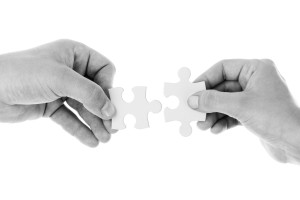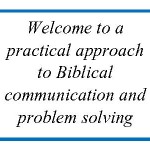Last time we opened with the following truisms:
Creating the male first did not establish his superiority, rather it established his need: “And the Lord God said, It is not good that the man should be alone (Genesis 18a).”
Creating the woman second did not establish her inferiority, rather it established her mission: “I will make him an help meet for him (Genesis 18b).”
Last time we closed with the following thought:
Adam and Eve were equal, but each had a different set of responsibilities in their relationships as husband and wife and as parents.
We will now look at three areas of their creation:
1. Materials Used.
2. Methods Used.
3. Areas of Responsibility.
Materials Used:
Genesis 2:7 states: “And the Lord God formed man of the dust of the ground, and breathed into his nostrils the breath of life, and man became a living soul.”
Certainly this explanation raises far more questions than it answers, but we do not need all our questions answered to follow this sequence of events. All created matter has some type of a life form, however, the man God created was not a human being until He “breathed into his nostrils the breath of life, and the man became a living soul.“
Genesis 2:21-22 states: “And the lord God caused a deep sleep to fall upon Adam, and he slept: and he took one of his ribs, and closed up the flesh instead thereof: And the rib which the Lord God had taken from man, made he a woman, and brought her unto the man.”
Methods Used
Again, this does not answer all of our questions; but does tell us more than the preceding explanation. God did not have to breathe the breath of life into the woman. All of the elements required to sustain human life were in the rib.
Conclusion: Although they were different by virtue of the manner in which each was created they were equal in every respect according to Genesis 1:27: “So God created man in his own image, in the image of God created he him; male and female created he them.”
From the mathematical axiom we can rightly apply: Quantities equal to the same quantity are equal to each other.
Equal but different.
Areas of Responsibility
In Chapters 2 and 3 of Genesis we learn God gave Adam and Eve each four primary areas of responsibility.
Adam was to be a provider, teacher, protector and a leader/guide.
Eve was to be a companion, helper, creator of human life, and a creator of beauty.
Next time: Supporting Male and Female Characteristics






